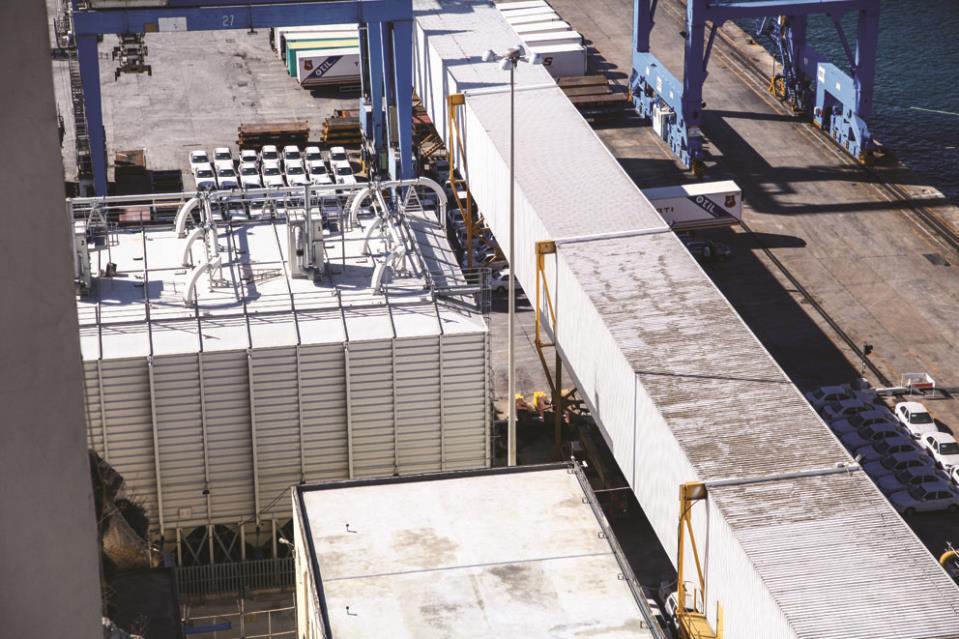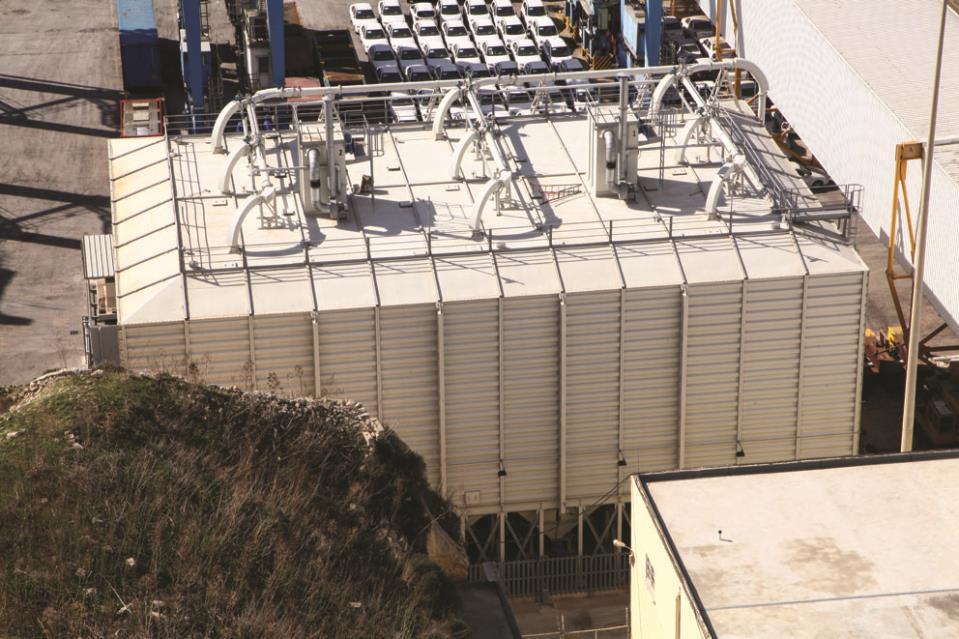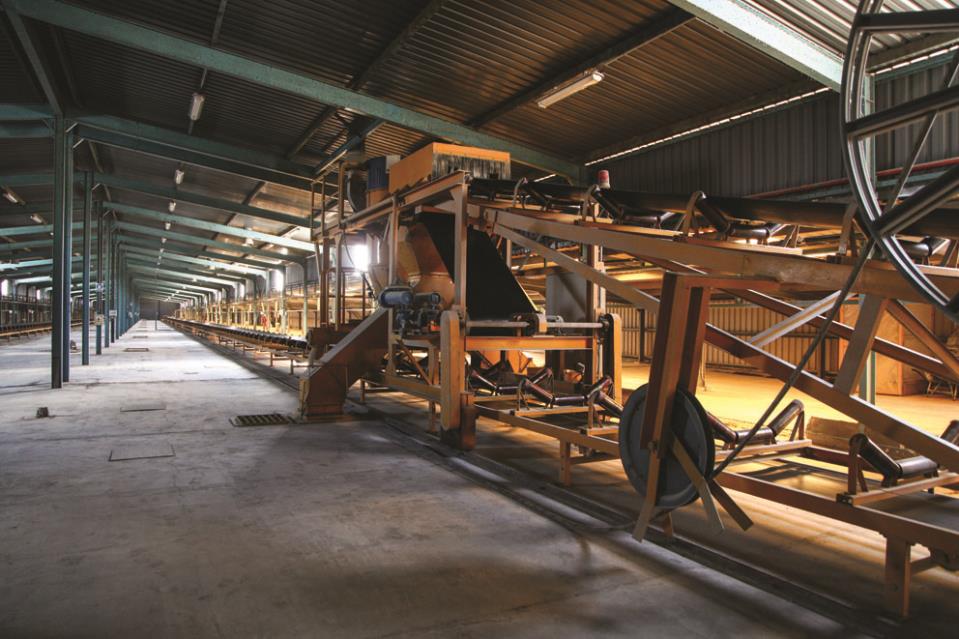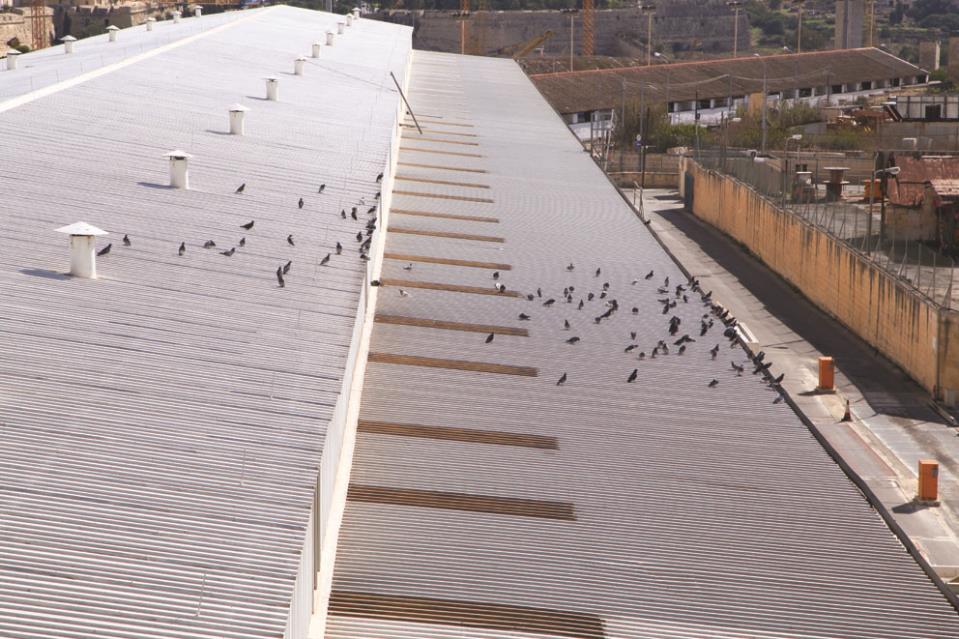The Kordin Grain Terminal Company (KGT) had protested the construction of the cement factory in 2012, however their protests fell on deaf ears, this newsroom is informed.
As part of the Food Safety Management System, KGT applied the precautionary principle and immediate action was taken in view of potential contamination from neighbouring sources, in this case the development of a cement silo, the Economy Ministry explained.
Over the past week a debate hit national level regarding the decision to allow the operation of a cement silo, just 5.6 metres away from the major Maltese grain silo responsible for over 70% of Malta's grain, raising serious worries about health risks due to cement toxins
"Back in 2012 the authorities were notified, and KGT initiated a court case to ensure the implementation of proper zoning within the port area. The authorities were not supportive in this initiative. This underlines the commitment of the grain terminal to eliminate all possible contamination," the Economy Ministry said.

(Cement being transferred from ship to land)
The Kordin Grain Terminal had objected with MEPA at the initial stages when foundation commenced for the building of a cement silo next door, however this had no result, the Ministry said. "On 13 November 2012 a letter was sent to Director of Enforcement informing them of Works adjacent to KGT without a permit. On 5 December 2012 a letter was sent to Superintendent of Public Health bringing to their attention the consequences of this development next to a grain silo resulting in possible contamination of the grain".
The Food Safety Management System triggered a number of procedures to protect the grains from neighbouring activities, the Ministry added. "The belt conveyors are being cleaned and disinfected prior to unloading and loading using the pier belt conveying system. The equipment is in good repair and there is no need for any updates. Protection from possible outside toxins is under the control of the procedures at the terminal".

(Cement silo (left) proximity to grain conveyor belt)
Earlier this week, PL MP Godfrey Farrugia mentioned that no renewable operating licence is used by the grain silo. Asked why this is the case, the Economy Ministry said that KGT operates under an Operating Agreement with Malta Government. They are issued with a Storage and Warehousing Trading Licence Annually as an essential service.
Outstanding record of inspection
"Kordin Grain Terminal has an outstanding record of inspection reports and is under the control of the Environmental Health and Veterinary Inspectorate," the Ministry said.
"The Food Safety management system applies the Hazard analysis and critical control points (HACCP) principles and internal auditing is performed in line with international standards, such as the Good Trading Practice (GTP) code," the Ministry added.
This newsroom asked the Ministry about safeguards in place to ensure that there is no contamination of the grain takes place. During the Committee for Environment and Development Planning debate, MEPA CEO Johan Buttigieg said that the environment around the area itself is quite polluted, with heavy ship traffic, another cement silo close by and pigeons in the area. "The potential contamination is from air pollution. To minimise exposure to air, the throughput of the terminal is set at maximum during unloading and loading of cargoes," the Ministry explained.
"A procedure of high risk cleaning is used to eliminate accumulation of dust on the pier belt conveyors. Operators are also instructed to disinfect the belts since they are an open structure. A record history of this procedure is available and was implemented years before the latest threat of cement contamination".

(Cement silo)
No incident of contamination in terminal history
According the information received by the Ministry, there has never been any incident of contamination since KGT began operating in 1987. Procedures are in place to avoid grain contamination".
Arguments were made during the Committee for Environment and Development Planning of the cement toxins contaminating the grain, which would result in health risks. MEPA representatives at the meeting said, however, that the Cement plant itself is state of the art and very safe. The MEPA officials did say that the grain silo itself is relatively old and is already at risk from outside contamination, such as from the amount of sea traffic in the area, pigeons etc.
A report on the subject by Dr Julian Mamo and Dr John Paul Cauchi read that they believe the operation of the cement silo so close by will be of potential detriment to the health of the general public who could be exposed to the consumption of toxic cement dust. The grain coming through the silo is used for a number of products in Malta, most importantly bread. In addition, grain is also exported out of Malta through this terminal.

(Grain terminal)
A walk-around
Having gone to the Kordin Grain Terminal in person to view the situation first hand, it becomes evidently clear that ships unloading cement come very close to the grain conveyor belt on the outside. The cement is transferred from the ship, through a pipe, which is then attached to an underground pipe passing under the conveyor belt leading into the cement factory.
The cement factory itself is also very close to the same conveyor belt.
Quite a large population of pigeons flock around the area, thus resulting in concerns raised by the MEPA representative present in the meeting earlier this week.
The grain is taken from ships, and placed on the conveyor belt on the outside. This then travels into the building and through machines that clean the grain, then going into underground silos. Grain is then directly funnelled into the massive underground silos.
When grain is needed, transport trucks park outside and grain is moved from the silos, to containers, then dumped into the trucks. Should grain need to be exported, it will be moved via the conveyor belt onto ships docked outside.

(Pigeons op top of the grain terminal)